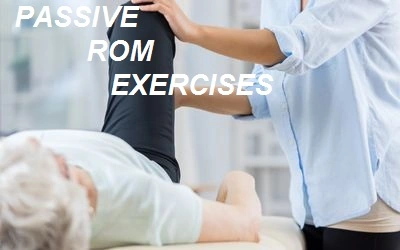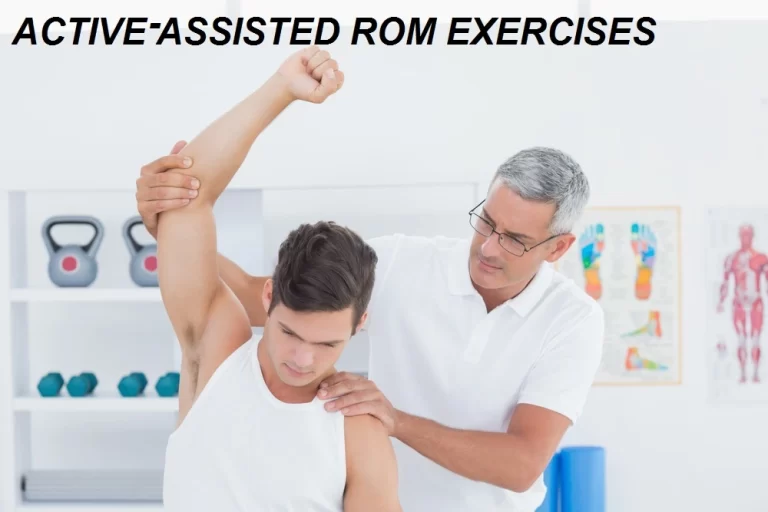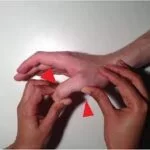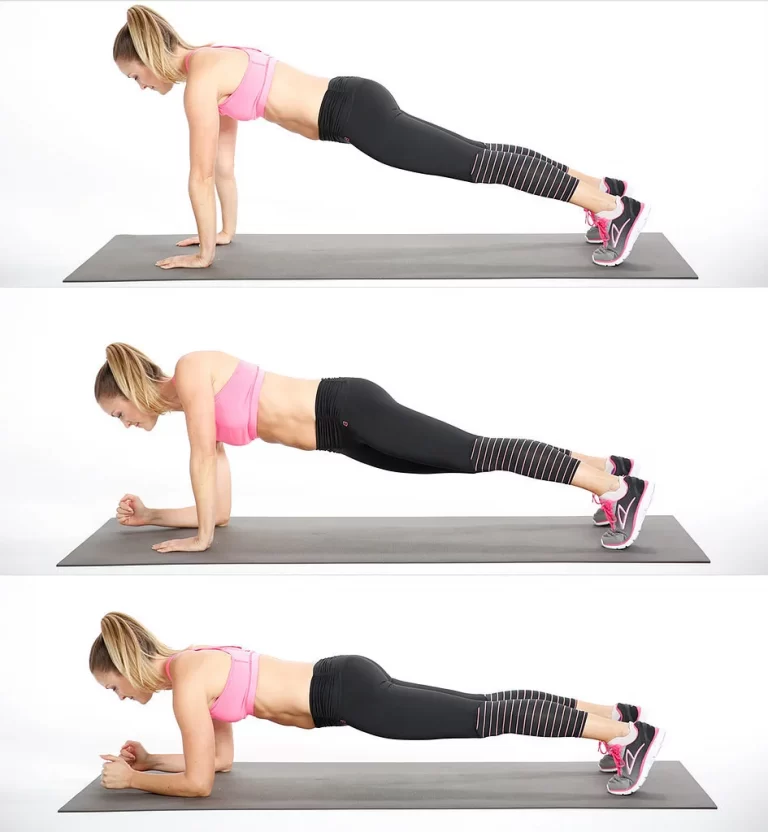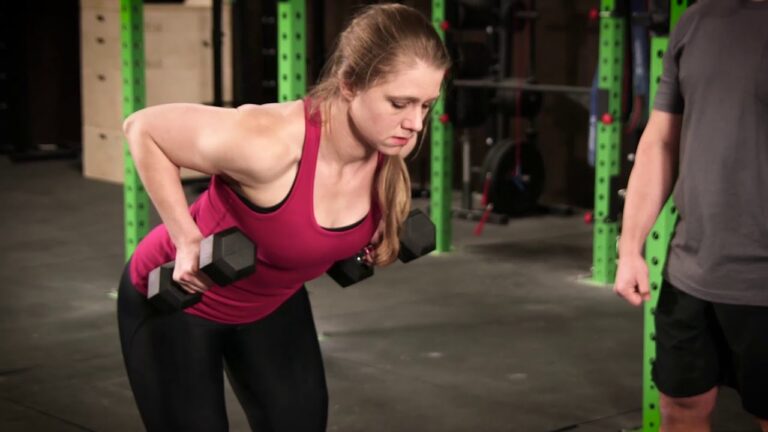Passive Range Of Motion Exercises
What is the Range Of Motion(ROM)?
Range of motion (ROM) refers to the whole range of motion that a joint is capable of or the degree to which a bodily component may move around a joint or a fixed point. A joint’s range of motion is measured during 2 types of movements active ROM (independent) AROM or passive ROM(with help) PROM.
ROM is often evaluated as part of a physical therapy evaluation or treatment. Normal levels vary depending on the physical component and the individual. Exercises are purposeful to improve the range of motion and are intended to avoid the onset of contractures, adaptive muscle shortening, and shortening of the capsule, ligaments, and tendons. ROM exercises also stimulate the senses.
Type of Range Of Motion(ROM)
- Passive ROM: The greatest range of motion that a joint can typically move through is known as the passive range of motion (PROM), which is defined as the ROM that can be achieved when an external force (such as a therapist or a CPM machine) exclusively moves a joint. Usually done when a patient is unable to move a bodily part or is not allowed to do so.
- Active-assisted ROM: When the joint receives some outside support, this is known as an active-assisted range of motion (AAROM). Used mainly when a patient needs assistance from an external force to move them due to weakness, fatigue, or changes in muscle tone.
- Active ROM: The ROM that is possible when opposing muscles contract and relax, causing joint movement, is known as the active range of motion (AROM). For example, the biceps must contract while the triceps must rest during the active range of motion to allow the elbow to bend. Typically, the active range of motion is limited compared to the passive range of motion. when the patient can deliberately contract, control, and coordinate a movement; often conducted independently by the patient.
What is passive ROM exercise?
In the fields of fitness and rehabilitation, the words “passive range of motion” and “active range of motion” are used frequently. While both aim to increase a joint’s range of motion, their respective approaches vary.
Passive range of motion is when a physical therapist or someone physically moves or stretches a portion of your body, like your leg or hand. If you find it difficult or are unable to exert any effort, a family member or physical therapist is available to help with joint exercises in this scenario.
In other words, another person can help if you are unable to actively undertake range-of-motion exercises.
In the field of rehabilitation, this is increasingly frequently observed. A physical therapist or a machine will increase a person’s range of motion (particularly involving the joints and ligaments).
Measuring the range of motion(ROM)
- Goniometer: Measuring the growth of patients and keeping track of patient status are fundamental components of physiotherapy practice. ROM measurements are a vital aspect of physiotherapy evaluation. The instrument used may vary depending on the body portion, advantage of practice, and experience of the physiotherapist.
- The commonly used instrument for determining the range of motion of a bodily joint is a goniometer. It measures joint angles from the joint axis using a fixed arm, fulcrum, and moving arm. To get accurate findings while measuring ROM using a goniometer, training is necessary. For information on how to properly (reliably and precisely) position the goniometer for determining the range of motion, see the goniometry collection of pages.
- Other methods of measuring ROM include the use of tape measures to measure the flexibility of various body parts. For instance, the Schober Test allows for the measurement of lumbar spine flexion using a tape measure.
When should we use passive ROM exercise?
You already know how easily your range of motion may be impacted if you’re suffering from the aftereffects of an injury to your neck, shoulders, knees, hips, or any other region of your body.
This is due to the fact that after suffering damage to the region, a joint’s range of motion, or the distance and direction it may move a joint may be restricted to the distance and direction it may move after suffering damage to the region. After suffering damage to the region, a joint’s range of motion, or the distance and direction it may move becomes frequently restricted.
A doctor, physical therapist, sports trainer, or other certified health professional can measure the amount of mobility in a joint or body component to check whether there is a restricted range of motion in order to gain a better picture of the effect on a specific joint. This is often carried out as part of a rehabilitation program or during a physical evaluation following an injury.
Spend some time executing a series of passive or active range-of-motion exercises if your range of motion is restricted. This kind of exercise will be used by a physical therapist as part of your overall therapy plan to repair the area of injury.
In order to assist you increase your mobility and athletic performance, a personal trainer can use passive range-of-motion exercises during a training session. As part of a passive stretching practice, you must carry out passive range-of-motion exercises. This is frequently done in group rehabilitation sessions, fitness classes, and athletics.
Examples of passive ROM exercises include:
- Doorway chest stretch for the shoulders: When you do this exercise passively, they’ll move your arms for you. Line your forearm up against a doorway or hallway entrance with your elbow bent 90 degrees. Lean forward with your torso to widen your chest and get a stretch.
- Exercises for the hands and fingers: Take hold of the person’s hand with both of your hands. Hold out his or her hand in your direction.
- Finger bends: Make a fist with your fingers. Adjust the fingers’ position. One at a time, straighten and bend each finger. Straighten and curl your thumb.
- Spreading your fingers: Separate your thumb and first finger, then reunite them. Bring the middle and first fingers back together after spreading them apart. Repeat the same process with other fingers.
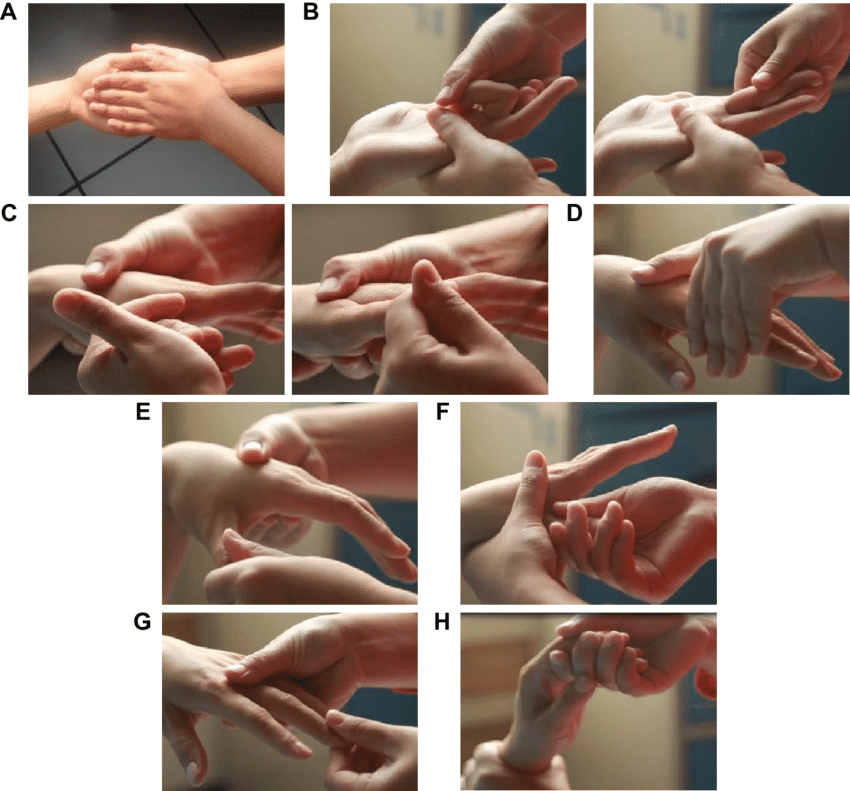
- Exercises for the hips and knees: Begin with the legs straight. Place a hand beneath the person’s knee. On the other hand, hold the ankle. Slowly bend the person’s knee towards his or her chest while bending their hip. Straighten the leg slowly.
- Leg sway, from side to side: Extend one leg away from the other by moving it to the side. Cross the leg across the other leg by bringing it back to the center.
- Stretching of the piriformis: Piriformis is the muscle, muscle in the pelvic region, that is stretched during this exercise, it makes a position that is referred to as the pigeon stance.
- For passive stretching: Lay down on the ground or the therapy table. Have your therapist move your leg through the passive range of motion to offer resistance rather than your body weight.
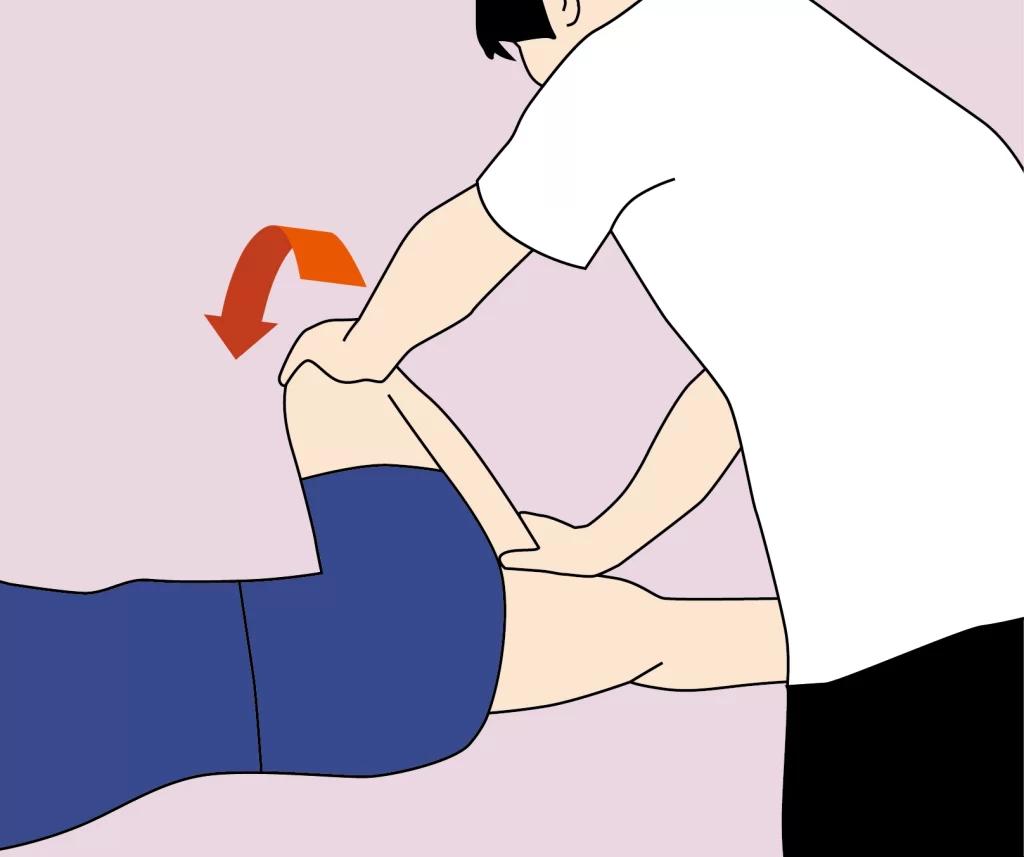
- Exercises for the feet and ankles: Place a rolled-up towel beneath the person’s leg. Support the person’s ankle during the ankle exercises with one hand, and their toes with the other. Allow the person’s foot to rest on the bed while holding only their toes for the toe exercises.
- Ankle bends: The foot is bent so the toes are pointed upward. Then, turn the foot in the other direction so that the toes point. Rotate the ankle by lifting your foot off the mattress. The foot is rolled about. After then, turn the foot in another direction.
- Side-to-side ankle movement: Tilt the person’s ankle inward such that the foot sole faces the other leg. So that the foot sole faces away from the other leg, tilt the person’s ankle outward.
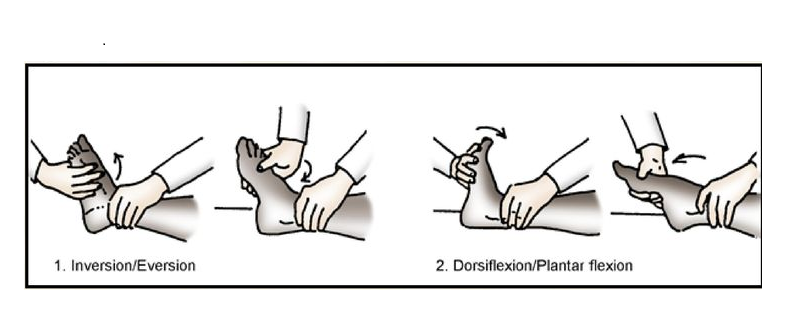
Benefits of passive ROM exercises:
- Increased circulation
- Improved joint flexibility
- Prevention of muscle atrophy
- Improved range of motion
- Pain relief
- Thus, passive range of motion exercises can be a safe and effective way to improve joint mobility and prevent muscle atrophy, especially for individuals who have limited mobility or are recovering from an injury or surgery.
Disadvantages of passive ROM exercises
- Limited muscle strengthening
- Limited cardiovascular benefits
- Potential for injury
- Limited functional benefits
- Time-consuming
Who are at risk for performing passive ROM exercise?
- Individuals with joint hypermobility
- Individuals with osteoporosis
- Individuals with joint inflammation
- Individuals with recent joint surgery
- Individuals with acute injuries
Summary
After an accident, passive range-of-motion exercises can maintain your joints flexible and lessen the chance of having to see any permanent decrease in your overall range of motion. This not only helps in the healing process but also ensures that you have enough strength to carry out everyday duties and carry on with the hobbies you like.
FAQs
What is a passive range of motion exercise?
The patient does not move themself during passive range-of-motion exercises; rather, the therapist moves the limb or body part around the tight joint, gradually extending the muscles and retraining them on how to move properly.
What is the passive range of motion in yoga?
The furthest position you can achieve for any specific joint without using muscles is the passive range of motion. With the help of gravity, support, or another person, we build passive stretches to explore this range of motion. There are some yoga poses that are only done with a therapist or yoga constructor’s assistance.
What are 5 passive stretches?
The best Passive Stretches for flexibility are:
Runners Lunge
Butterfly Seated
Forward Fold Seated
Seated straddle
What is the principle of passive exercise?
The principle of passive ROM is that, forced passive motions are rapid, localized movements in which the joints are passively moved outside of their normal range.
These practices are also known as manipulation. Both exercises can be used to train auxiliary or physiological movements.
Why do we use a passive range of motion?
Exercises that maintain a passive range of motion keep a person’s joints flexible. The amount to which a person’s joints may move in various directions is known as the range of motion. The exercises assist in allowing the individual to fully extend all of their joints.

